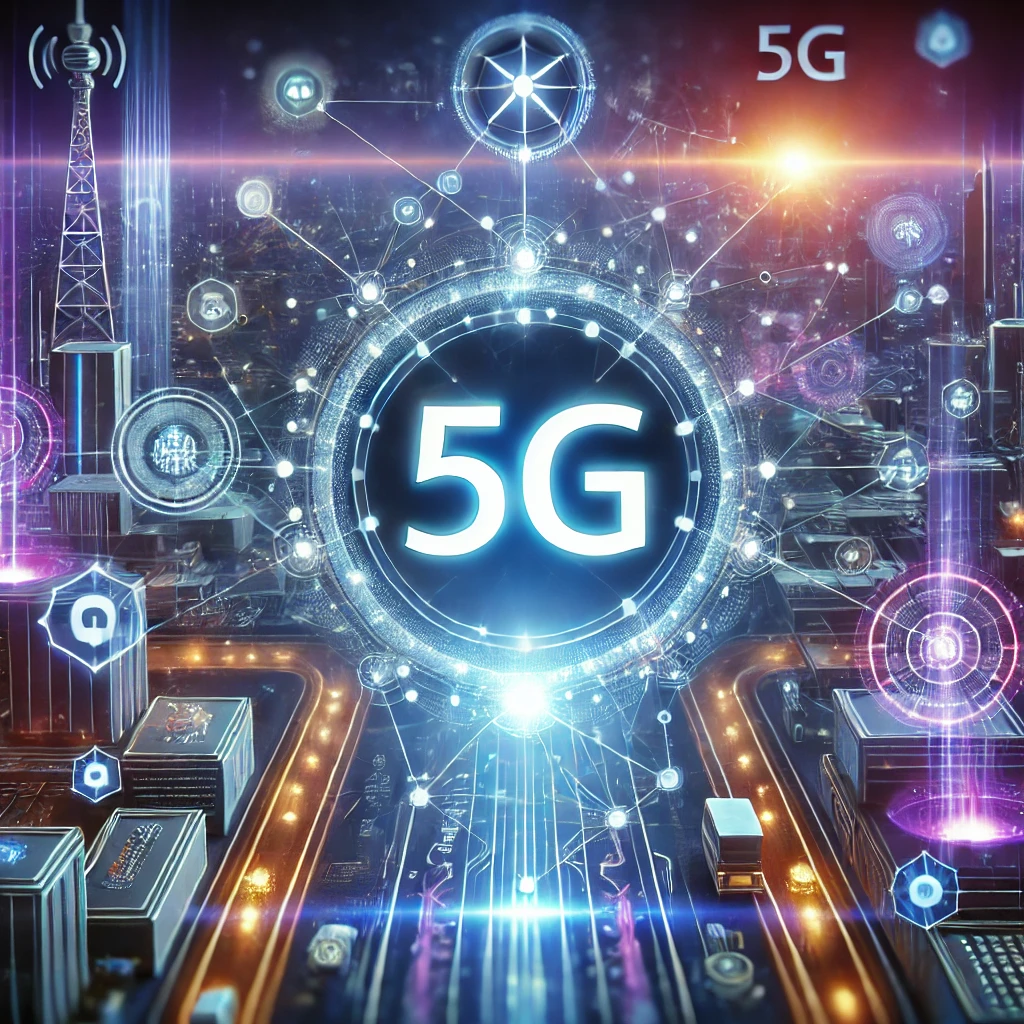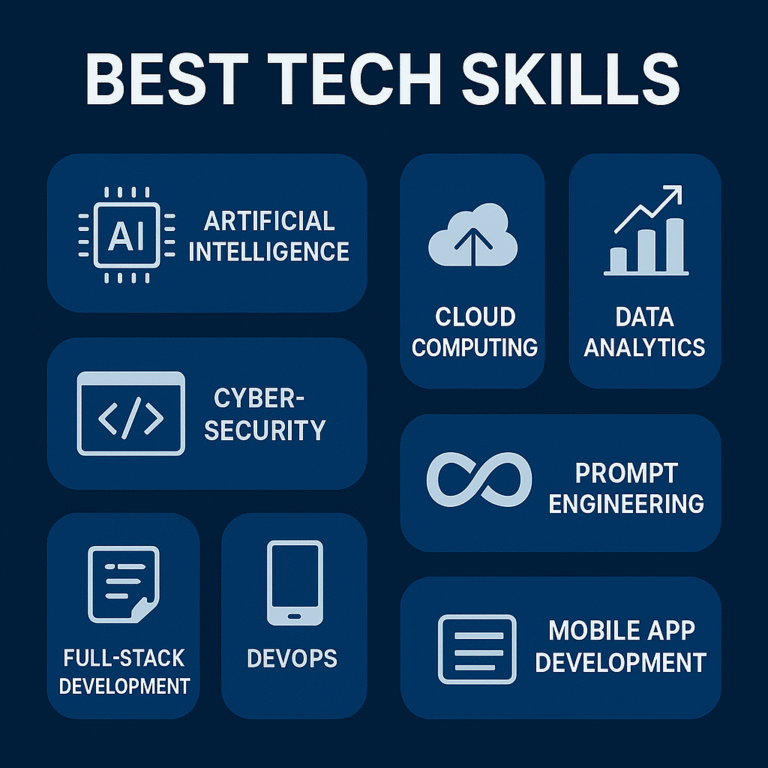How Fast is 5G Technology ? You Should Know in 2025.
Discover how fast 5G technology is in 2025 Explore its speeds, real-world applications, and what it means for your connectivity and daily life.
What is 5G Technology ?
5G technology is the fifth generation of mobile network technology, succeeding 4G (LTE). It is designed to provide faster speeds, lower latency, and more reliable connections compared to previous generations. Here are the key features and benefits of 5G:

- Faster Speeds: 5G offers download speeds that can be up to 100 times faster than 4G, reaching speeds of up to 10 gigabits per second (Gbps). This allows for quicker downloads, smoother streaming, and faster browsing.
- Lower Latency: Latency is the delay between sending and receiving data. 5G reduces latency to around 1 millisecond (ms), compared to 30-50 milliseconds on 4G. This is particularly important for real-time applications like gaming, remote surgery, and autonomous vehicles.
- Increased Capacity: 5G can support many more devices at once compared to previous generations, which is essential as the number of connected devices (e.g., smartphones, smart home devices, IoT devices) continues to grow.
- Better Reliability: 5G networks are designed to be more stable and resilient, providing a more consistent connection, even in densely populated areas.
- Enhanced Network Efficiency: 5G can more efficiently use the radio spectrum, enabling better performance and optimizing energy consumption for mobile devices and infrastructure.
Applications of 5G:
- Smart Cities: Better infrastructure, traffic management, and public services through real-time data and IoT.
- Autonomous Vehicles: Faster communication between vehicles and infrastructure, helping to ensure safety and efficiency.
- Augmented Reality (AR) and Virtual Reality (VR): High-speed, low-latency networks can support immersive experiences, like gaming and remote collaboration.
- Healthcare: Enabling telemedicine, remote surgeries, and real-time health monitoring
Understanding 5G: The Next Generation of Connectivity

5G, or fifth-generation wireless technology, is designed to be significantly faster and more efficient than its predecessor, 4G LTE. While 4G offered speeds of up to 100 Mbps (megabits per second) under optimal conditions, 5G takes it to a whole new level. In 2025, users can expect speeds that can reach up to 10 Gbps (gigabits per second) in ideal conditions. This means that downloading a full-length HD movie could take mere seconds instead of minutes!
The Speed Spectrum- What to Expect
- Download Speeds:
- Peak Speeds: Theoretically, 5G can achieve speeds of up to 20 Gbps. However, real-world conditions will likely yield speeds between 1 to 10 Gbps, depending on factors like network congestion and distance from the cell tower.
- Comparison with 4G: To put this into perspective, 5G can be 10 to 100 times faster than 4G, making it a game-changer for mobile users.
- Upload Speeds:
- 5G also boasts impressive upload speeds, which can reach up to 3 Gbps. This is particularly beneficial for content creators and professionals who need to upload large files quickly.
- Latency:
- One of the most significant improvements with 5G is its reduced latency, which can be as low as 1 millisecond. This is crucial for applications that require real-time feedback, such as online gaming, virtual reality (VR), and autonomous vehicles.
Real-World Applications of 5G Speed
The speed of 5G technology opens up a world of possibilities across various sectors:
- Smart Cities: With faster connectivity, cities can implement smart traffic management systems, reducing congestion and improving public transportation efficiency.
- Healthcare: Telemedicine will become more effective, allowing doctors to perform remote surgeries with real-time data transmission and minimal delay.
- Entertainment: Streaming services will offer higher-quality content, including 8K video streaming, without buffering. Imagine watching your favorite shows in stunning detail, all thanks to 5G!
- Augmented and Virtual Reality: The low latency and high speeds of 5G will enhance AR and VR experiences, making them more immersive and interactive.
- IoT Devices: With billions of IoT devices expected to be connected by 2025, 5G will facilitate seamless communication between devices, leading to smarter homes and workplaces.
Challenges and Considerations

While the potential of 5G is immense, it’s essential to consider some challenges:
- Infrastructure: The rollout of 5G requires significant investment in infrastructure, including new antennas and fiber-optic cables. Urban areas may see faster deployment than rural regions.
- Device Compatibility: Not all devices are 5G-compatible. As 5G becomes more widespread, consumers will need to upgrade their devices to take full advantage of the technology.
- Health Concerns: Some individuals express concerns about the health effects of increased electromagnetic radiation. While research is ongoing, regulatory bodies maintain that 5G technology is safe when adhering to established guidelines.
Conclusion: Embracing the Future of Connectivity
As we navigate through 2025, the speed and capabilities of 5G technology will undoubtedly reshape our digital landscape. From lightning-fast downloads to revolutionary applications in various industries, 5G is set to enhance our lives in ways we are just beginning to understand.
So, whether you’re a tech enthusiast, a business professional, or simply someone who enjoys streaming the latest shows, the arrival of 5G technology promises a future filled with possibilities. Stay tuned, stay connected, and get ready to embrace the speed of 5G!






